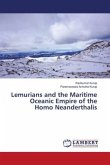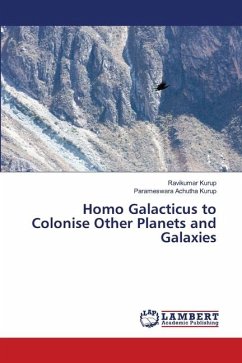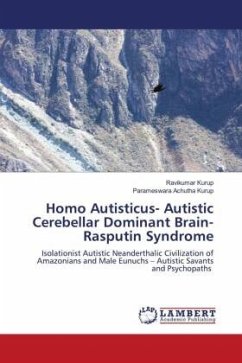The Homo floresiensis evolved out of sequential evolution from Homo neanderthalis as an intermediate species between Homo neanderthalis and Homo sapiens. The homo floresiensis originated in South India, Polynesia, Australia, New Zealand, Srilanka and Indonesia after the breakup of the Lemurian land mass by tsunamis, earthquakes and volcanic eruptions. They were isolated geographically and grew up in conditions where food and water were scarce. The homo floresiensis was a homo neanderthalic adaptation and evolutionary phenotype to withstand the pressure of the environmental crisis produced by the break up of Lemuria. The homo floresiensis is a hibernatory adaptive species that evolved into homo sapiens. The homo floresiensis represents a flying primate bat colony with stem cell features. The present global warming and extremophilic conditions can lead to the generation of Homo neoneanderthalis and sequentially Homo neofloresiensis.
Bitte wählen Sie Ihr Anliegen aus.
Rechnungen
Retourenschein anfordern
Bestellstatus
Storno








